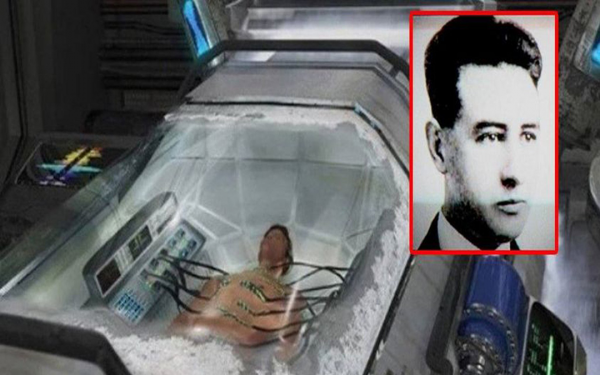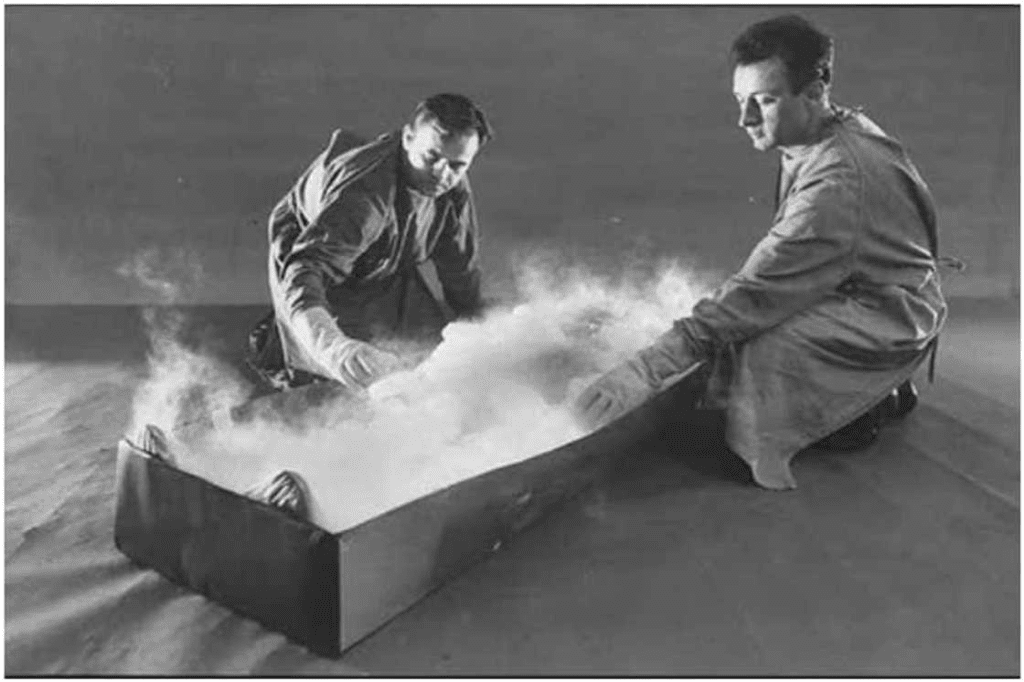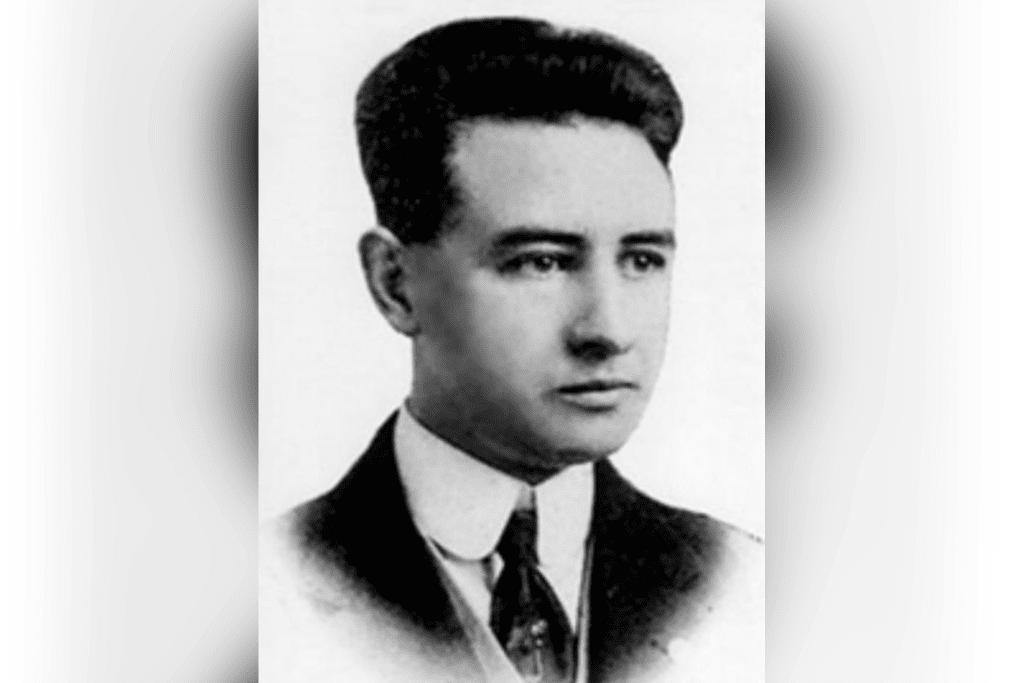For over 50 years, one question has intrigued scientists, futurists, and everyday people alike: Can a cryogenically preserved human be brought back to life? It’s a tale that straddles the line between science fiction and reality, with Dr. James Hiram Bedford, the first person ever to be cryogenically frozen, at its center. In 1967, Bedford made a daring leap into the unknown, hoping that future science could one day bring him back to life. Fast forward to today, and the world is still captivated by his fate.
Who Was Dr. James Hiram Bedford?

Dr. James Hiram Bedford was more than just a name in cryonics; he was a well-known psychology professor at the University of California, as well as a World War I veteran. Born in 1893, Bedford lived a life filled with adventure and exploration. He traveled extensively, hunting in Africa, journeying through the Amazon, and exploring Europe, including Greece, Turkey, Spain, and the United Kingdom. By the mid-20th century, Bedford had established himself as a man of both intellect and wealth.
His interest in cryonics was sparked by a simple yet profound question: Could death be reversible? In a time when medical technology was advancing rapidly, Bedford was fascinated by the possibility of extending life beyond natural limits. When the opportunity presented itself to be preserved through cryonics, he seized it without hesitation.
The Decision to Freeze: Bedford’s Leap into Cryonics
On January 12, 1967, James Hiram Bedford became the first person to undergo cryogenic preservation. Diagnosed with terminal kidney cancer, Bedford chose an unconventional path, hoping that future breakthroughs in medicine and technology could cure his illness and revive him from his frozen state.
Cryonics, in simple terms, is the process of preserving a body at extremely low temperatures with the hope of reanimation at some point in the future. Bedford’s preservation was conducted using a combination of dry ice and chemicals, with the aim of minimizing cellular damage caused by freezing. His body was initially placed in a makeshift cryogenic capsule, which was later moved to a more advanced storage facility at the Alcor Life Extension Foundation, a leading organization in cryonics research.
What Happened During Bedford’s Cryogenic Examination in 1991?
In 1991, Alcor decided to open Bedford’s cryogenic container for the first time in 24 years. This examination was crucial to understanding the state of his preserved body and assessing the feasibility of future revival. When Alcor technicians cut through the metal coating of the cryogenic capsule, they found Bedford in a pale blue sleeping bag, tightly wrapped in a nylon strap.
As the team began their examination, they discovered that Bedford’s body was surprisingly well-preserved. His face appeared younger than his actual age of 73, though some areas of his skin showed discoloration, particularly on the chest and neck. His nose and mouth bore the faint scent of blood, while his half-open eyes had developed a chalky, icy appearance. Cracks were evident on the surface of his skin, but overall, Bedford’s preservation was considered remarkably intact given the limitations of cryogenic technology at the time.
The technicians then moved his body to a more advanced liquid nitrogen tank, hoping that the improved storage conditions would increase his chances of future revival. Despite this meticulous preservation process, Bedford’s fate remains uncertain. More than 50 years later, he remains frozen in liquid nitrogen, a modern mummy stacked vertically with 145 other cryogenically preserved individuals.
The Promised Date for Revival: What Happened in 2017?

Bedford’s original plan was to be revived in 2017, exactly 50 years after his cryogenic preservation began. This date symbolized a hopeful milestone in the progress of medical science and technology. However, as the year came and went, the reality became clear—science was not yet ready to bring Bedford back to life.
Cryonics, while a fascinating concept, still faces significant challenges that prevent successful revival. Key obstacles include:
- Ice Crystal Formation: During the freezing process, ice crystals can form inside cells, causing irreparable damage. Although Bedford’s preservation involved chemicals to prevent this, cryonics has yet to fully overcome the issue.
- Cellular Repair Technology: The technology needed to repair damage at the cellular and molecular levels does not currently exist. To bring a cryogenically preserved body back to life, scientists would need to not only cure the original ailment (in Bedford’s case, kidney cancer) but also address the cellular damage caused by freezing.
- Brain Preservation: The human brain is complex, and preserving its delicate structure without damage remains one of the biggest challenges in cryonics. Even if Bedford’s body could be revived, his brain would need to be fully functional for him to truly come back to life.
While the idea of bringing Bedford back to life by 2017 was a captivating goal, the complexities of biology, chemistry, and neurology made it an unrealistic expectation—at least for now.
Modern Cryonics: How Far Has the Science Come?

Cryonics has come a long way since Bedford’s preservation in 1967, but it remains a controversial field. Today’s cryonics facilities use advanced vitrification techniques to prevent ice formation, as well as more sophisticated cryoprotectants that minimize cellular damage. Liquid nitrogen tanks are now designed to maintain stable temperatures, increasing the likelihood of preserving bodies for centuries.
Despite these advancements, the fundamental problem persists: Cryonics lacks a reliable method for revival. The technology to reverse the freezing process without causing additional damage remains elusive. While scientists have successfully revived simple organisms like nematodes from a cryogenic state, complex mammals—including humans—pose a far greater challenge.
The Ethics of Cryonics: A Controversial Topic
Cryonics raises several ethical questions. Is it ethical to offer people the chance of revival when there is no guarantee of success? Critics argue that cryonics preys on the fear of death and false hopes, often targeting the wealthy who can afford the high costs of preservation. Advocates, on the other hand, view cryonics as an investment in the future of medical science, a last resort that may one day yield miraculous results.
There’s also the question of consent. While Bedford willingly chose cryopreservation, what happens when revival becomes possible, but the revived individual struggles to adapt to a vastly different world? These ethical dilemmas add complexity to an already controversial field.
What Does the Future Hold for Dr. Bedford and Cryonics?

While the world waits to see if cryonics can truly work, Dr. Bedford remains in a state of suspended animation. His body, carefully preserved in liquid nitrogen, continues to serve as a symbol of both scientific ambition and the limitations of current technology. Whether future breakthroughs will allow Bedford—and others like him—to be revived is uncertain.
However, one thing is clear: The story of James Hiram Bedford is not just about a frozen man hoping to cheat death. It’s a story about humanity’s desire to conquer mortality, to push the boundaries of science, and to seek hope even in the face of the unknown.
Conclusion: Cryonics – A Dream Deferred but Not Abandoned
The quest to bring Dr. James Hiram Bedford back to life represents both the promise and peril of cryonics. While significant advancements have been made in the field, the ultimate goal—reviving a fully functional human from cryopreservation—remains out of reach. For now, Bedford’s frozen body is a testament to one man’s hope and humanity’s never-ending quest for immortality.


